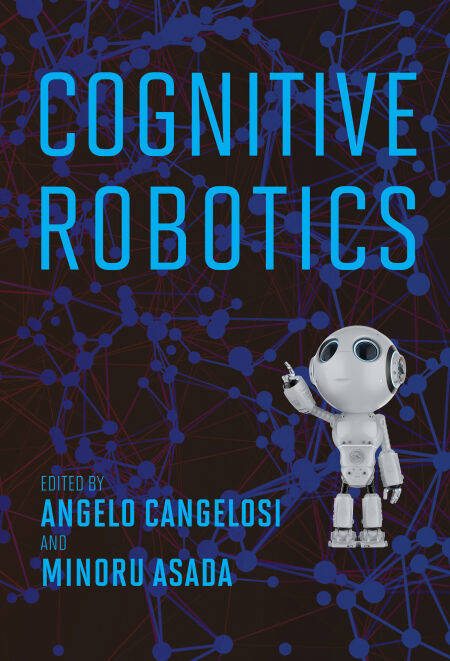
- Afhalen na 1 uur in een winkel met voorraad
- Gratis thuislevering in België vanaf € 30
- Ruim aanbod met 7 miljoen producten
- Afhalen na 1 uur in een winkel met voorraad
- Gratis thuislevering in België vanaf € 30
- Ruim aanbod met 7 miljoen producten
Zoeken
Cognitive Robotics E-BOOK
€ 118,29
+ 118 punten
Omschrijving
The current state of the art in cognitive robotics, covering the challenges of building AI-powered intelligent robots inspired by natural cognitive systems.
A novel approach to building AI-powered intelligent robots takes inspiration from the way natural cognitive systems—in humans, animals, and biological systems—develop intelligence by exploiting the full power of interactions between body and brain, the physical and social environment in which they live, and phylogenetic, developmental, and learning dynamics. This volume reports on the current state of the art in cognitive robotics, offering the first comprehensive coverage of building robots inspired by natural cognitive systems.
Contributors first provide a systematic definition of cognitive robotics and a history of developments in the field. They describe in detail five main approaches: developmental, neuro, evolutionary, swarm, and soft robotics. They go on to consider methodologies and concepts, treating topics that include commonly used cognitive robotics platforms and robot simulators, biomimetic skin as an example of a hardware-based approach, machine-learning methods, and cognitive architecture. Finally, they cover the behavioral and cognitive capabilities of a variety of models, experiments, and applications, looking at issues that range from intrinsic motivation and perception to robot consciousness.
Cognitive Robotics is aimed at an interdisciplinary audience, balancing technical details and examples for the computational reader with theoretical and experimental findings for the empirical scientist.
A novel approach to building AI-powered intelligent robots takes inspiration from the way natural cognitive systems—in humans, animals, and biological systems—develop intelligence by exploiting the full power of interactions between body and brain, the physical and social environment in which they live, and phylogenetic, developmental, and learning dynamics. This volume reports on the current state of the art in cognitive robotics, offering the first comprehensive coverage of building robots inspired by natural cognitive systems.
Contributors first provide a systematic definition of cognitive robotics and a history of developments in the field. They describe in detail five main approaches: developmental, neuro, evolutionary, swarm, and soft robotics. They go on to consider methodologies and concepts, treating topics that include commonly used cognitive robotics platforms and robot simulators, biomimetic skin as an example of a hardware-based approach, machine-learning methods, and cognitive architecture. Finally, they cover the behavioral and cognitive capabilities of a variety of models, experiments, and applications, looking at issues that range from intrinsic motivation and perception to robot consciousness.
Cognitive Robotics is aimed at an interdisciplinary audience, balancing technical details and examples for the computational reader with theoretical and experimental findings for the empirical scientist.
Specificaties
Betrokkenen
- Uitgeverij:
Inhoud
- Aantal bladzijden:
- 496
- Taal:
- Engels
- Reeks:
Eigenschappen
- Productcode (EAN):
- 9780262369336
- Verschijningsdatum:
- 16/05/2022
- Uitvoering:
- E-book
- Beveiligd met:
- Adobe DRM
- Formaat:
- ePub

Alleen bij Standaard Boekhandel
+ 118 punten op je klantenkaart van Standaard Boekhandel
Beoordelingen
We publiceren alleen reviews die voldoen aan de voorwaarden voor reviews. Bekijk onze voorwaarden voor reviews.







